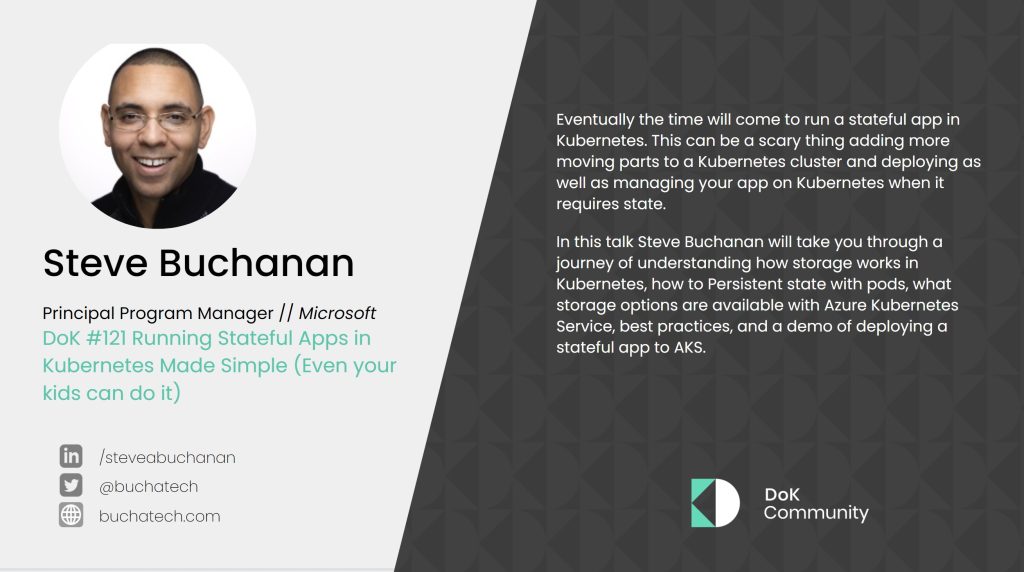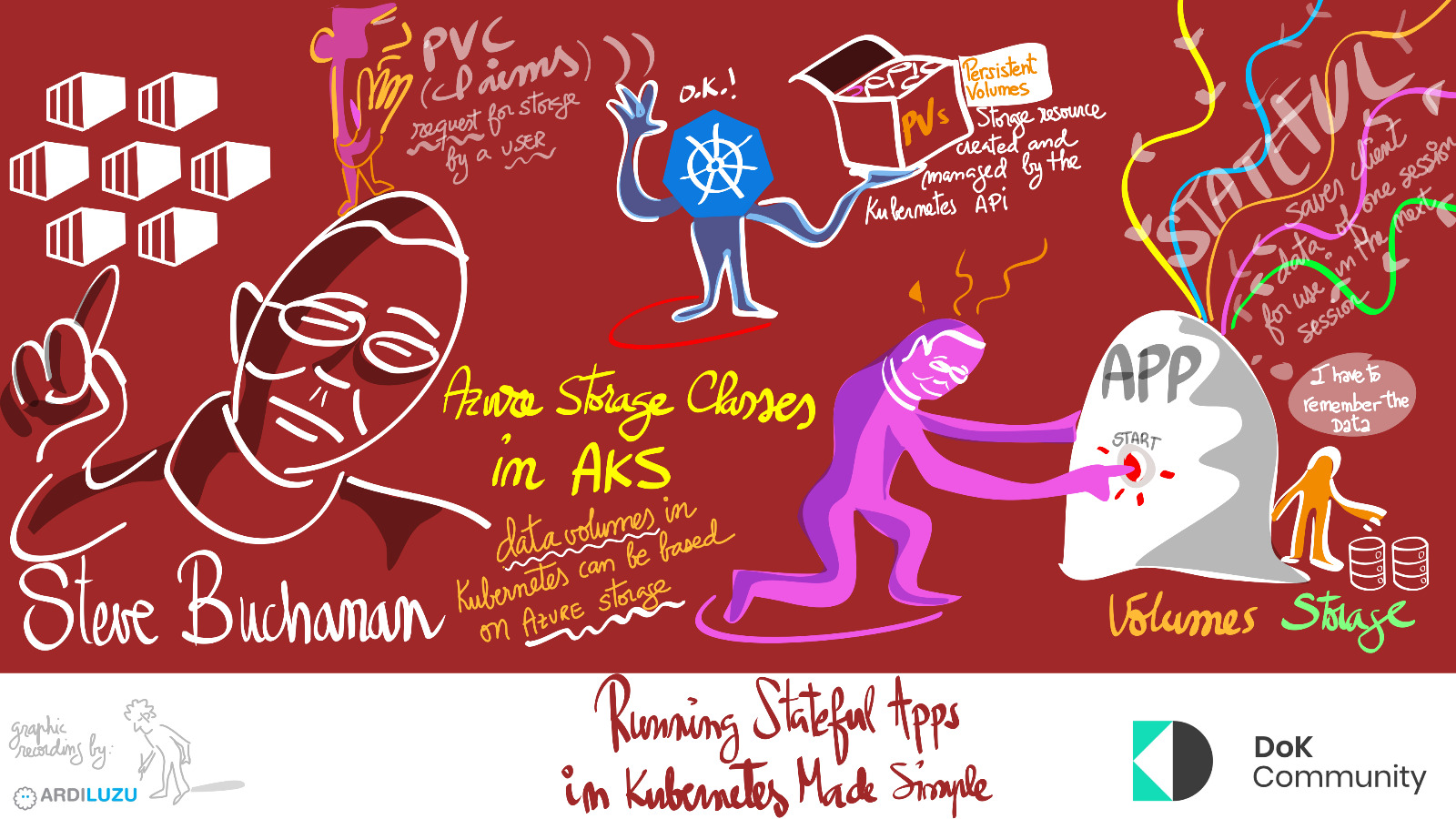With the introduction of big data, companies are challenged with finding ways to store data for analysis purposes. As storage becomes a larger concern, businesses have focused on storage strategies and initiatives regarding storage. Businesses must manage and simplify the storage infrastructure, monitor the information lifecycle and ensure business continuity. Storage server solutions must be efficient, accessible and well-planned for easy retrieval. Let’s take a look at the options available for storage and how each solution can help companies meet the goals outlined.
Types of Storage Server Designs
Storage Area Network (SAN)
Storage area networks are the leading storage solution in the market. When optimized for performance and scalability, SANs are recommended for heavy storage traffic and for situations in which data access is critical. To increase system uptime, SAN includes fault tolerance and failover features. Because SANs’ excess capacity can be pooled together, a high utilization of resources is possible. SANs are also used to manage multiple tape devices and disks from a single point of control. Server and local area network (LAN) utilization can be reduced with specialized backup facilities.
This type of storage server operates from a dedicated network that provides block level data storage access. SANs make disk arrays, optical jukeboxes and tape libraries accessible to servers. The devices appear as if they are locally attached to the operating system with this solution.
Though SANs are an array of disparate storage devices operating in concert, the devices appear as a single unit to the end user. SAN also incorporates the use of storage devices that are not accessible by local area networks (LAN).
SAN uses both Fibre Channel (FC) SAN and Internet SCSI (iSCSI) SAN. FC SAN uses optical fiber, twisted pair copper and coaxial copper. When requests are made for the blocks of data on the storage devices, the requests are sent via one of these mechanisms for fast and accurate delivery. FC SAN has a dedicated set of fibre channel switches to connect to a larger business network.
iSCSI SAN is not as expensive as a SAN solution, but will still cost at least $15,000. This type of storage server uses gigabit Ethernet to transfer data between the SAN and the server nodes. iSCSI SAN protocol uses SCSI commands to control the storage device array at the most basic level. Network interface controllers (NICs) and switches are most often used at this level.
Special cabling is not required for iSCSI. Only standard Ethernet is required. Small and medium businesses may use Ethernet knowledge to implement iSCSI SAN instead of implementing a Fibre Channel SAN for storage and an Ethernet LAN for user communication.
Fibre Channel SANs can cost companies $25,000 or more and is considered the premium SAN solution. The latest Fibre Channel SANs can achieve speeds of four gigabytes per second and eight gigabytes per second.
In general, iSCSI SANs are more flexible to configure than Fibre Channel SANs because the server nodes do not have to be in the same basic location. iSCSI should be operated on a dedicated network separate from LAN traffic for optimal performance. Performance can be improved by purchasing better server nodes with the money saved with an iSCSI solution. This solution is recommended for those that do not have high disk throughput requirements but have high availability.
With SANs, data is not stored directly on any of the network servers. This configuration allows server power to be used for business applications. The end user then has control over network capacity.
SANs are recommended for mission-critical applications after the company has experienced significant growth and data has increased in complexity. SANs have a higher degree of sophistication with the level of complex commands it can handle.
SAN can move large block of data in a quick and efficient manner. The server workload is reduced while data transfer speeds increase. Numerous users can access data simultaneously without creating a “traffic jam” or “bottleneck” on the server or local area network (LAN). The process is much more efficient than DAS or NAS.
Logical Unit Number (LUNs) are comprised of a RAID array. RAID-1, RAID-5 and RAID-10 are the most common selection for LUNs. Sequentially written data corresponds to RAID-1 arrays and randomly-accessed data are comprised of RAID-5 or RAID-10 arrays. Applications run with SAN will impact the creation of LUNs. LUNs are typically described by the way server node views logical disk partitions.
Read more


